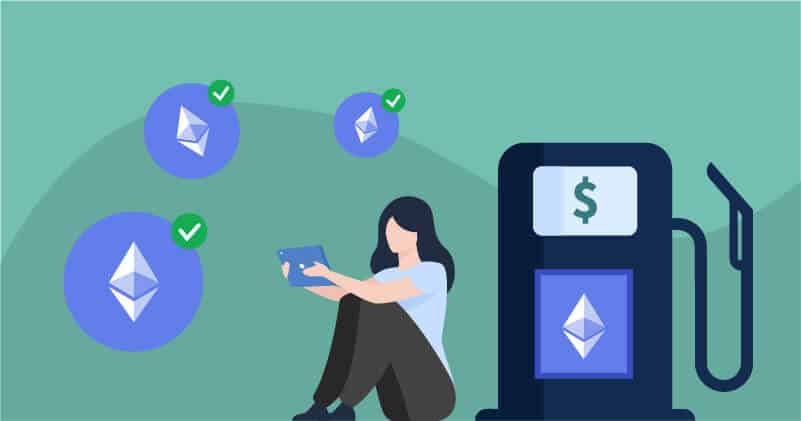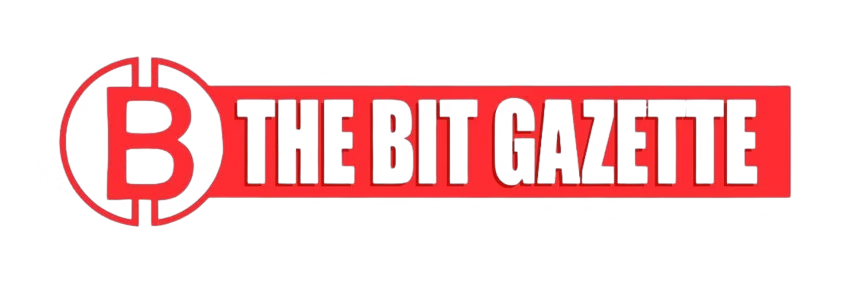The SHIB DOGE drop in 2025 is reshaping the memecoin landscape, as investors rotate out of legacy tokens and channel capital into Layer Brett (LBRETT) — a next-generation Layer 2 project blending Ethereum scaling with aggressive staking rewards and rapid community expansion.
Analysts say the pivot underscores a broader shift toward technically advanced, utility-driven assets in the evolving meme sector.
LBRETT’s presale has already sold more than 75% of its allocation, raising over $13,000 toward its $35,000 stage target. At $0.004 per token, with an upcoming price increase in the next round, the project is positioning itself as a small-cap alternative to large, established memecoins.
“Investors are looking for the next big run, and they see more upside here than in the current SHIB or DOGE market,” — Marcus Lin, analyst at Digital Asset Insights, told Crypto Market Brief.
Presale tokenomics and early-stage momentum
One reason for the SHIB DOGE drop is the limited potential for exponential gains in large-cap assets. With SHIB and DOGE already commanding multi-billion-dollar valuations, the room for 100x or 15,000% returns is slim. In contrast, Layer Brett LBRETT’s low market capitalization and scarcity-driven tokenomics appeal to those seeking high-growth plays in the current bull cycle.
LBRETT’s staking model also sets it apart. While SHIB and DOGE offer little to no staking rewards, early Layer Brett’s LBRETT stakers can reportedly earn between 20,000% and 30,000% APY which is an unprecedented figure among major memecoins. The process is integrated directly into wallets such as MetaMask and Trust Wallet, enabling users to buy with ETH, USDT, or BNB and stake instantly.
“High APY is a dominant narrative in 2025, especially when it’s paired with real network utility,” — Elena Cruz, blockchain strategist at Layer2 Labs, said in a statement.
Layer 2 advantage: lower fees and faster transactions
Ethereum’s base-layer network has faced persistent issues with gas fees, which can spike to $10–$20 per transaction during periods of high activity. The SHIB DOGE drop is partly tied to these inefficiencies, as both tokens remain dependent on slower, more expensive networks.
As a Layer 2 asset, Layer Brett LBRETT’S reduces transaction costs to a few cents while maintaining near-instant settlement speeds. This makes it more practical for active traders and increases its potential for broader adoption within the memecoin community.
LBRETT’s technical framework also puts it in competition with other Layer 2 leaders like Optimism and Arbitrum, though it differentiates itself with memecoin branding, staking incentives, and a gamified rewards roadmap that includes NFT integration.
Community incentives and aggressive growth strategy
The SHIB DOGE drop is being accelerated by LBRETT’s $1 million giveaway campaign, which requires no KYC and is aimed at expanding the project’s user base during the presale phase. This community-first approach contrasts with the more static promotional activity from SHIB and DOGE, which have relied heavily on brand recognition rather than new feature rollouts in 2025.
Neither SHIB nor DOGE currently offers incentives of this scale. Combined with Layer Brett’s low fees, high speed, and substantial staking returns, these strategies are fostering strong community engagement and a sense of early-mover advantage.
Market analysts note that memecoins pairing cultural appeal with functional upgrades are leading 2025’s bull market, further explaining the SHIB DOGE drop in relative market interest.
Utility-driven memecoins take the lead
The broader memecoin sector is evolving, with investors increasingly seeking projects that combine humor and branding with tangible technical benefits. The SHIB DOGE drop reflects this shift from purely speculative tokens toward assets with enhanced scalability, staking, and user incentives.
While SHIB and DOGE remain among the most recognized cryptocurrencies globally, their growth is slowing compared to tokens leveraging Layer 2 scaling. LBRETT’s roadmap, which includes NFT integration and gamified staking, positions it as one of the top contenders in this new class of memecoins.
If current presale momentum continues, Layer Brett could serve as a case study in how smaller, utility-driven projects can capture market share from legacy leaders. Whether this trend continues beyond the next market cycle will depend on sustained community engagement, delivery on technical promises, and broader adoption of Layer 2 networks.











